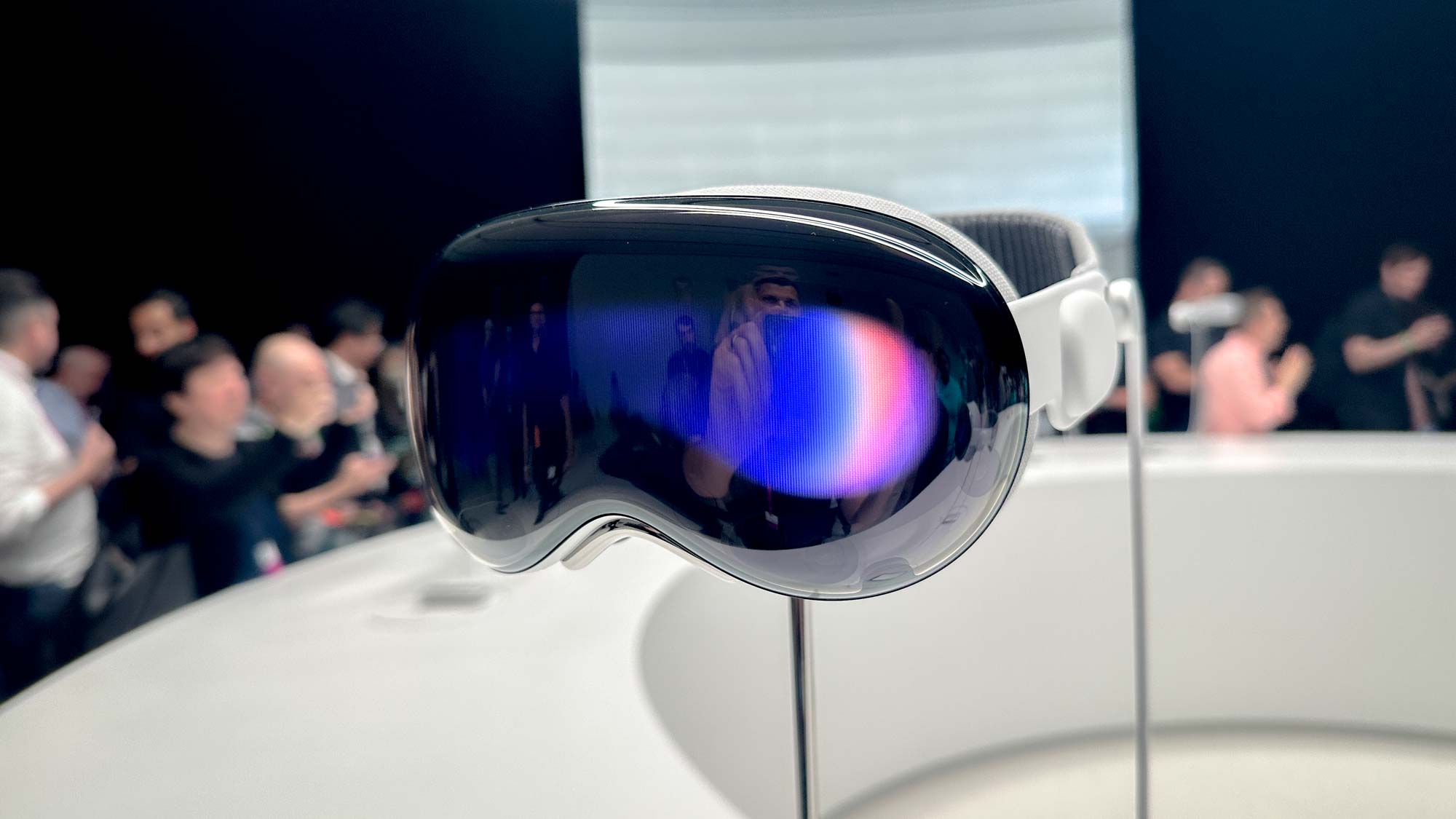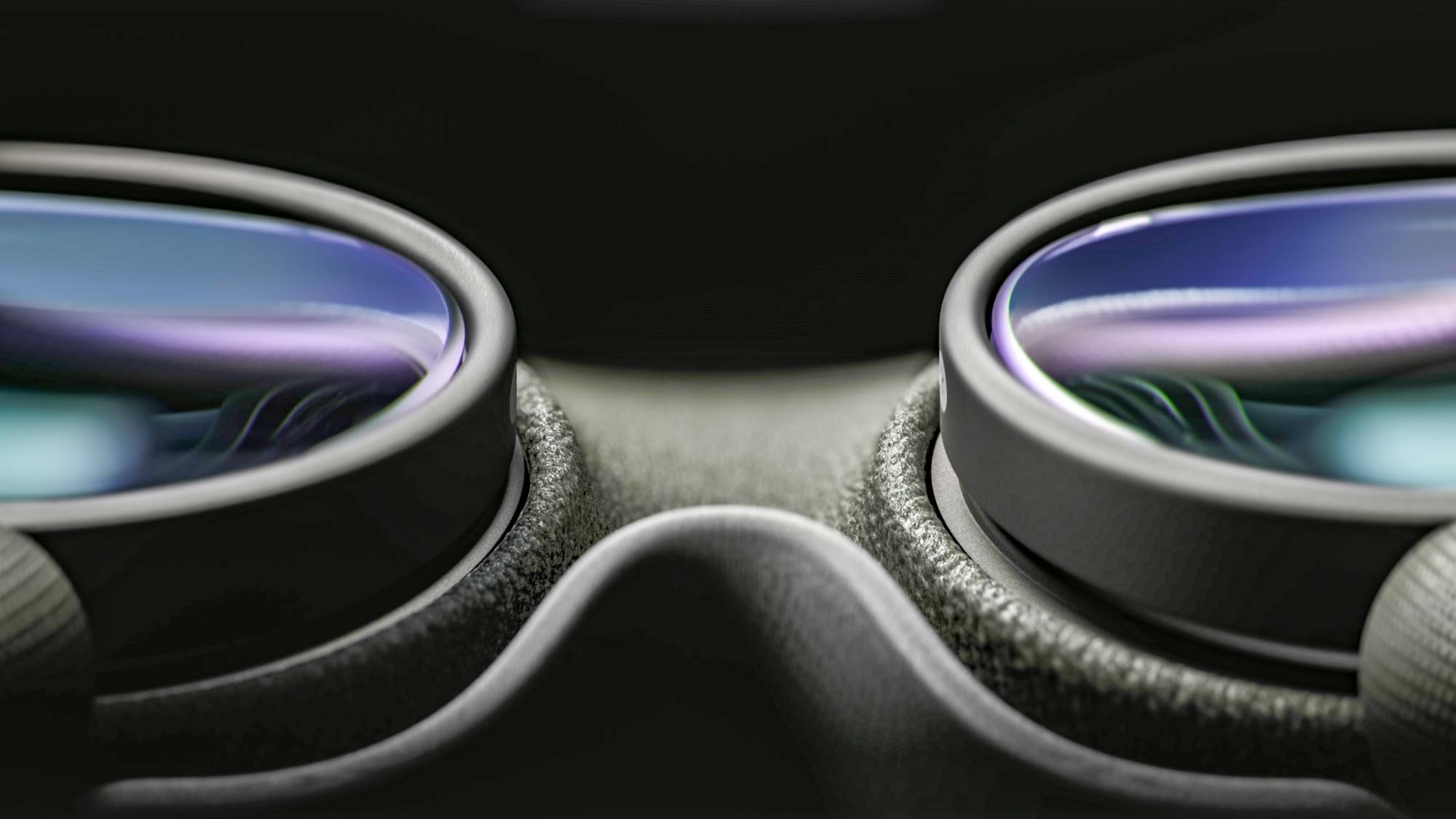
Apple has reportedly cut its targets for Vision Pro shipments when it launches the cutting-edge headset next year. The initial million headsets it wanted to produce will be drastically cut to around 400,000 in 2024 as per a Financial Times report into the product supply chain.
The alleged internal sales target for the first 12 months was 1 million units.
Manufacturing issues surrounding the headset’s complex design have forced Apple to both reduce its target shipments for the inaugural Vision Pro as well as delay its plans for a cheaper second-generation version.
According to the report, one of the biggest obstacles in the production process is the EyeSight feature, which uses internal cameras to replicate the wearer’s eyes on the front of the headset. However, variances in the curved cover glass requires specific calibration from those cameras, which is, seemingly, creating a production bottleneck.
This isn’t the first report of Apple’s difficulties when it comes to producing the highly-anticipated $3,499 headset. Previous reports detailed the difficulties in procuring enough Micro OLED panels to sit inside the “spatial computing” device. The displays far exceed the capabilities of any of the best VR headsets on the market (each one features a display resolution “greater than a 4K TV” in a display the size of a postage stamp) and are the most expensive component of the Vision Pro.

Two sources familiar with both Apple and its Chinese manufacturer Luxshare confirmed Cupertino will make fewer than 400,000 Vision Pro headsets next year. Additionally, multiple industry sources told the FT that Luxshare is the only assembler of the Vision Pro that Apple has right now.
Despite the complexities of production, the FT reports Apple initially had an internal target of one million units in the first 12 months. But it claims two China-based suppliers said Apple only asked them for 130,000 - 150,000 units of the particular component of the headset they produce.
Such a setback will undoubtedly put a dent in Apple’s plans to get the Vision Pro onto the faces of early adopters and other hardcore fans. A recent report from the analyst firm Canalys predicted Apple will achieve an install base of 20 million users within the first five years of the Vision Pro’s release. Although small by iPhone standards, it represents 15% of the overall MacBook install base.
Achieving such a target in light of these reports means Apple would have to considerably step up its supply chain efficiency. That could be handled with multiple production sites and more readily available components, both of which could come in time. For now though, it may be harder than you first thought to get your hands on a Vision Pro — even if you do have the $3,499 asking price on hand.







